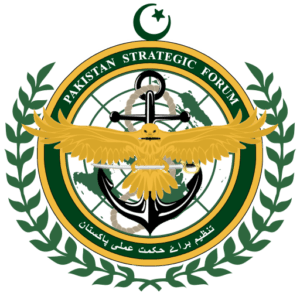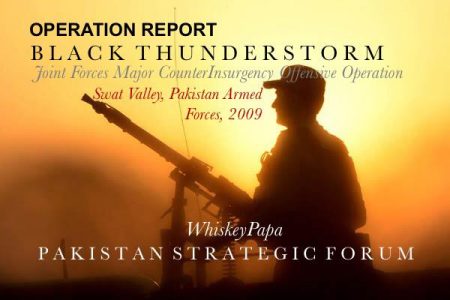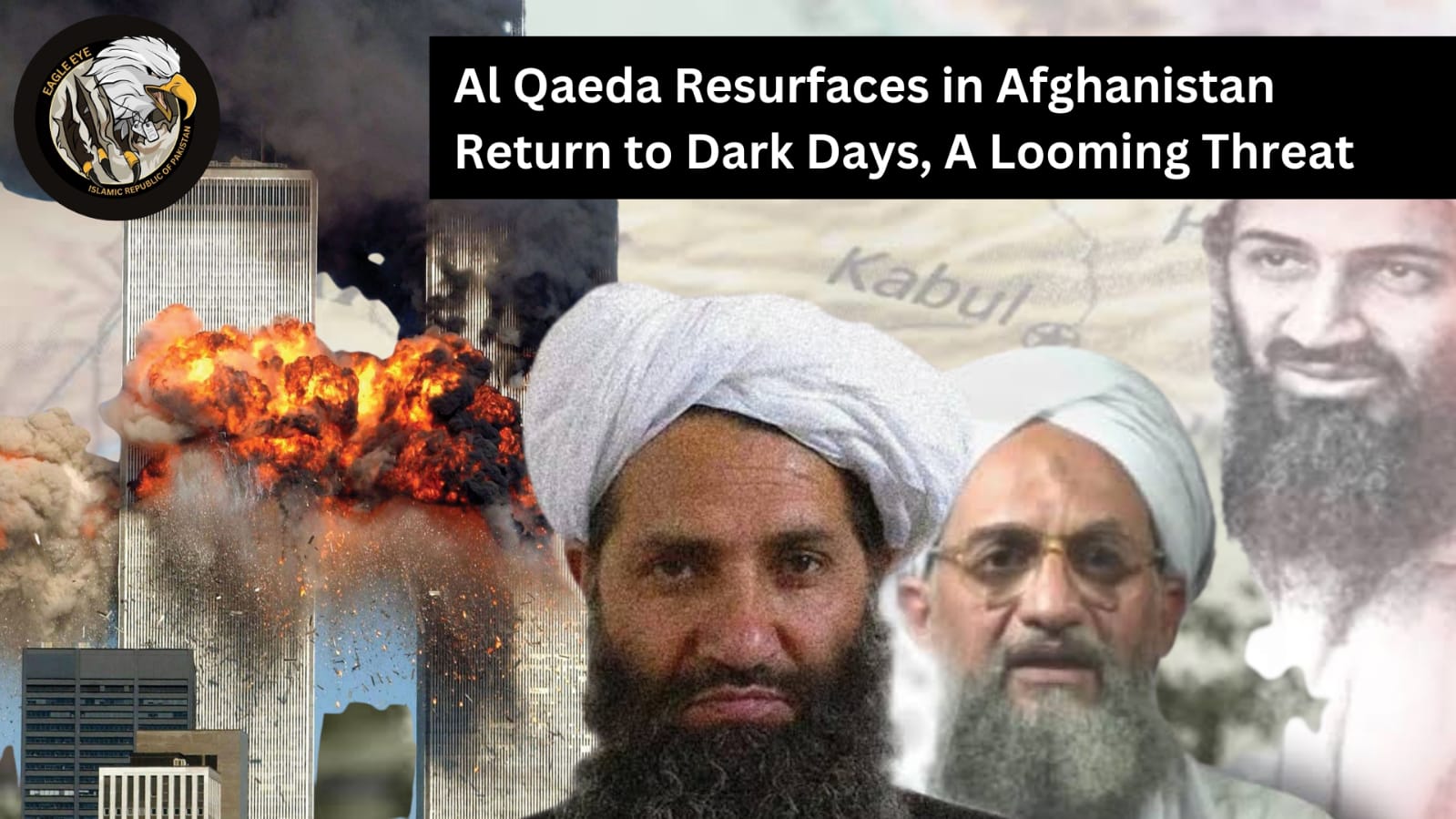(Operation Report)
Name: Operation Toar Tander-I/Operation Rah-e-Rast/Operation Black Thunderstorm-I/The Second Battle of Swat
Type: Major joint forces military counterinsurgency operation.
Executed by: Government and Armed Forces of Pakistan
Participants: 9th Infantry Division, 19th Infantry Division (supported by gunships, artillery and light armor), 50th Airborne Division, Frontier Corps KPK, Special Services Group, Special Services Wing, Special Services Group (Navy), Pakistan Marines, Pakistan Navy Northern Command, 39th Tactical Wing, PAF Southern Air Command, 34th Tactical Attack Wing, PAF Central Air Command. Strength of 55,000 troops plus 500 special operations forces.
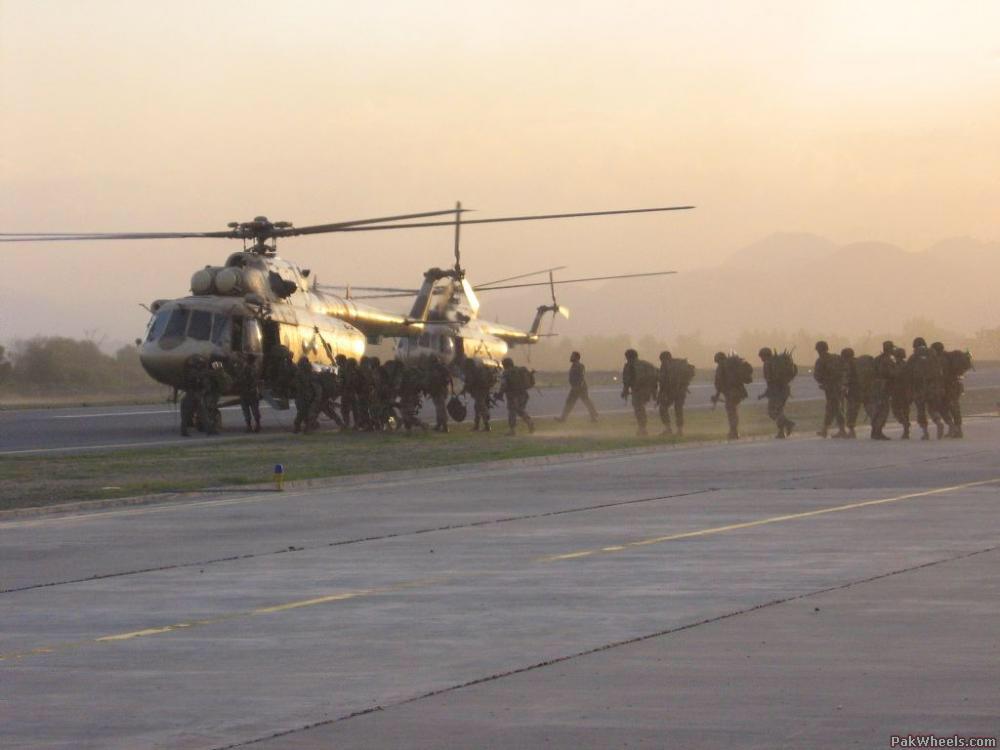
Enemy: Tehrik-e-Taliban Pakistan and Tehreek-e-Nafaz-e-Shariat-e-Mohammadi. Strength of 5000 highly trained, heavily armed domestic and foreign terrorists with foreign (India and others) support.
Objective: Terrorist organizations have taken over and settled in FATA (now KPK). Flush them out, eliminate all terrorist assets and infrastructure and regain control of the area and ensure constitution and writ of government.
Location: Buner, Lower Dir, Swat, Shangla (All in KPK, then FATA).
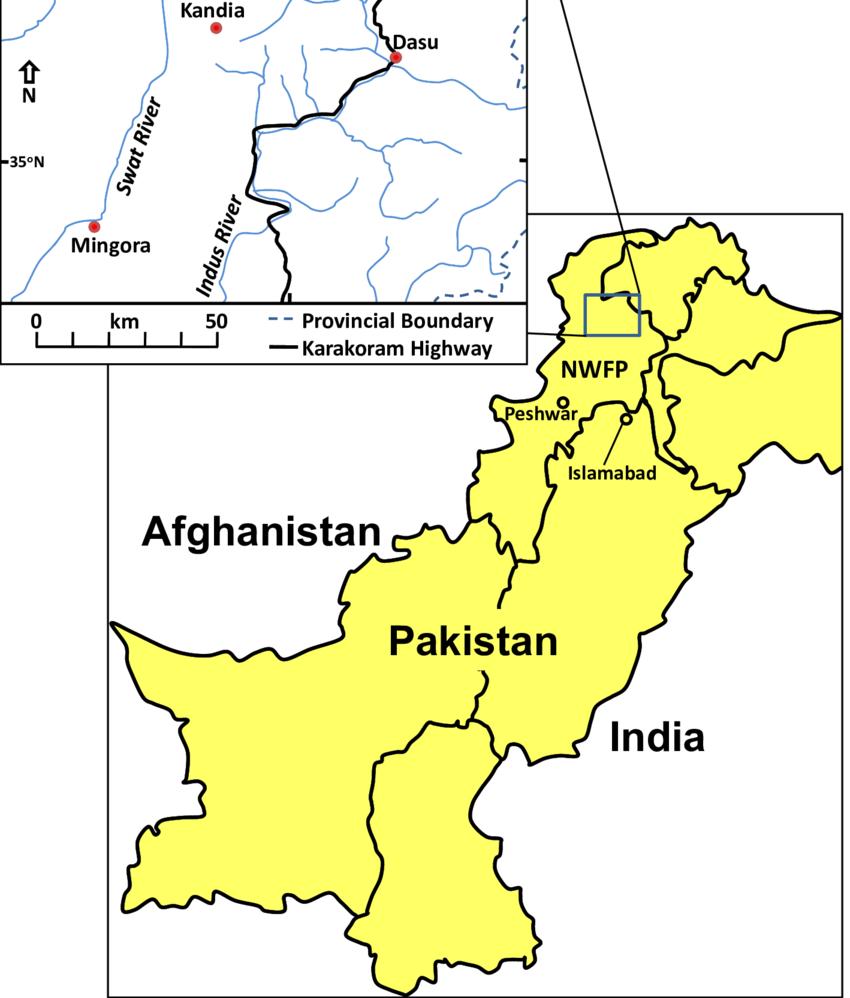
Timeline: 26 April 2009 – 15 July 2009 (2 months, 2 weeks, and 6 days)
Result: Decisive Pakistani victory.
Report
Operation Black Thunderstorm was one of the single largest military counterinsurgency operations undertaken by the Pakistan Armed Forces with the aim of retaking Buner, Lower Dir, Swat and Shangla districts from the Tehrik-i-Taliban Pakistan (TTP) after the terrorists took control of them since the begging of the year.
Negotiations were ongoing between the militants and the KPK Government (ANP at the time) which had reluctantly allowed the implementation of Sharia Law in those areas. On February 24, TTP announced the start of an indefinite ceasefire, following the negotiations.
The KPK Government sent the bill for this to President Asif Ali Zaradari, who refused to sign it until “the writ of the government [had] been established”.
Soon after that, Taliban forces began expanding into the surrounding areas, taking over villages and towns in the tribal districts until they came within 60 miles of Islamabad. The Pakistan Armed Forces were ordered by the Government to retake all territory and eliminate the terrorist structure completely.
The operation began on 26 April 2009 in Lower Dir when a unit of FC KPK troops conducted an attack and killed 26 high-level Taliban commanders and operatives. FC KPK soldiers already present in the area conducted aggressive assault operations over the next two days and made inroads into Taliban areas, while Pakistan Army helicopter gunships and PAF jets conducted dozens of air strikes on Taliban hideouts using laser guided precision bombs, which also had the added advantage of breaking the Taliban morale.
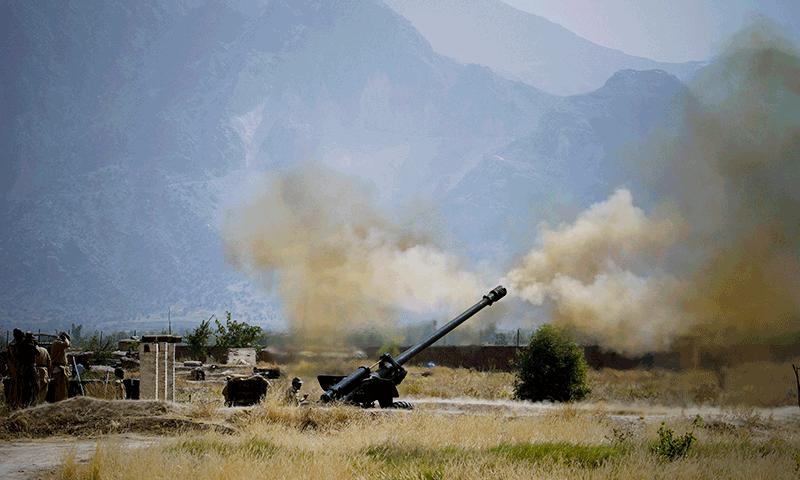
After this, the second phase of the operation began on the night of April 30, involving the night-time air-insertion of hundreds of spec-ops and regular airborne forces into the town of Daggar, Buner.
The troops belonging to 50th Airborne Division jumped first on April 30 in Buner City between 0048 and 0140 hours in the pitch-black night. The Pakistan Air Force’s C-130s from No. 6 Squadron, 35th Composite Air Transport Wing carried airborne special forces, spearheaded by the SSW’s 1st SOS Squadron and hundreds of additional members of 50th Airborne Division, Special Services Group – Navy, 4th SOS Squadron, 140th Expeditionary Marines Battalion and the 1st Commando Yaldram Battalion, SSG jumped off in the dark night of April 31, and landed in different areas of Buner where they had took strategic positions. The battle lasted just a few hours and ended early morning when the Taliban had lost a large number of their men and suffered heavy human casualties.
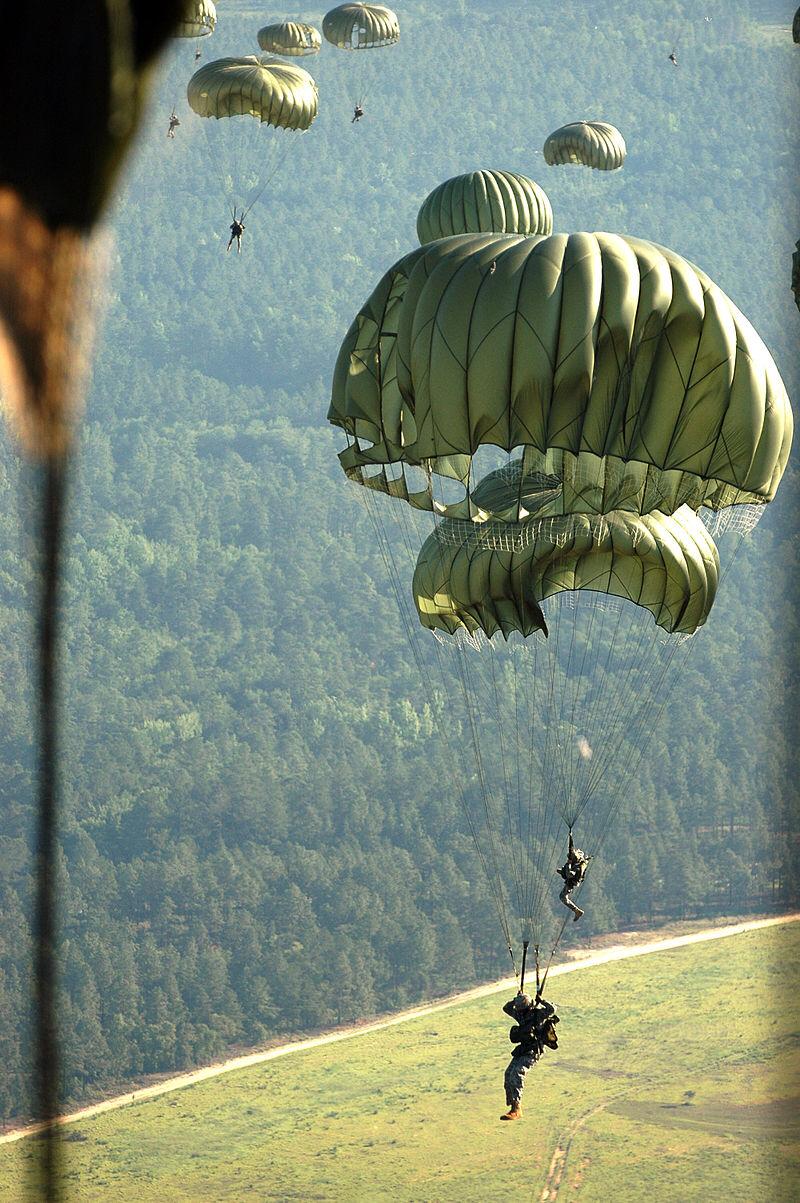
Between April 28 and May 4, some 87 terrorists and four soldiers had been killed in the fighting in the district. The military also stated that its troops were confronted during the fighting with wave attacks of suicide car-bombers. At least 27 suicide bombers were killed in the fighting. By May 5, troops started to push back the Taliban militants in Buner.
Pakistan’s foreign office spokesman had confirmed that there was a heavy influx of foreigners aiding the Taliban and that weapons were coming from the adjacent country of Afghanistan. Many Pakistani defense analysts and experts had publicly accused India and Afghanistan of aiding the Taliban to destabilize Pakistan. On May 19, 2009, the Pakistan Army captured three foreign fighters from Mingora District. According to the Pakistani Army, all these foreign fighters were Libyan nationals. The Pakistani Army also captured five Saudi nationals during the search operation.
In Khyber Pass, a police raid on a local house resulted in the arrest of 20 Tajik nationals. In heavy fighting in Malakand Division, Pakistani commandos killed five Uzbek fighters. Many Pakistani officials accused India of providing economic and financial support to the Taliban. A large amount of Afghan National Army’s weapons was stolen by the Taliban, and the report claimed that there is no formal security for their weapons depots. Investigative journalists also cited that a large number of Uzbeks and Tajiks were freely crossing Afghanistan’s border into Pakistan to fight against Pakistan.
The third and main phase of the operation began on 5 May 2009 and involved the Swat valley and the battle for the city of Mingora and its surrounding villages, which had been completely overrun by militants. Terrorist fighters were holed up in the emerald mines of Swat and in the main town of Swat district, Mingora.
This part of the operation is also known as the “Second Battle of Swat”.
Initially, over 300 airborne troops boarded on PAF C-130s, jumped off and stormed the militant-held valley of Swat. The emerald mines were secured by the Army’s 50th Airborne division by May 7, but the militants were still holding their positions in Mingora and on a strategic hilltop overlooking the town. On the midnight of May 10, additional airborne teams of Pakistan Navy SEALs jumped off from C-130s and attacked a Taliban hidden training camp at Banai Baba in Shangla district, which is just east from Swat. In the fighting at Banai Baba the military reported killing 150 militants in 1 night with a loss of just two soldiers.
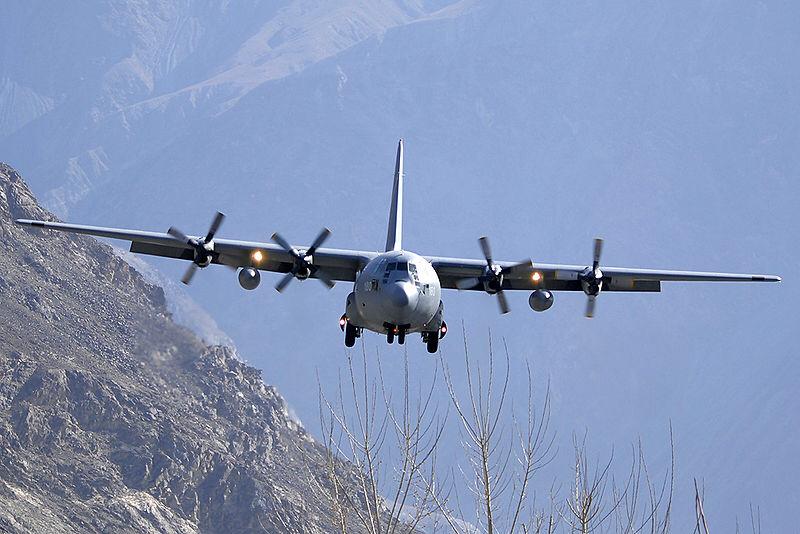
At the same time as the fighting in Shangla, some sporadic fighting was still continuing in Lower Dir where, over four days, 109 more militants were killed. Also, further west, in the Mohmand agency, a group of 300 militants attacked a military outpost; in the fighting that ensued 26 militants were killed, and 14 soldiers were wounded. On May 12, Pakistani SSG commandos were inserted by helicopters into the Piochar area, a rear-support base for the militants in the northern part of the Swat valley, to conduct several search-and-destroy operations.
By May 15, the Army stated that Buner was finally cleared of Taliban forces, however artillery bombardment of Taliban positions in the hills was still ongoing. Meanwhile, the Pakistani military continued with their push up the Swat valley. As the military approached Mingora, the Taliban were digging in for a “bloody urban battle” against the Pakistani army’s airborne forces in the hotly disputed Mingora city in the north-western part of the country. The Taliban began concentrating forces in Mingora – digging trenches, laying mines, and taking positions on rooftops. It set the stage for one of the biggest battles in the War on Terror.
On May 17, 2009, heavy street fighting started in the towns of Kanju and Matta as the Pakistan Army was slowly advancing towards Mingora. Also, a few days later fighting started in the area of the Takhtaband bridge for control of this crossing point. On May 20, a key town in Buner was captured by the Army. The Army captured Sultanwas in fighting which, according to the military, killed one soldier and 80 militants, another nine soldiers were wounded.
On May 20, 2009, in Khyber Pass, Pakistan Army sent small teams of Special Service Group (SSG) Commandos, along with small teams of Army Rangers’ Ninth Wing Company. As the teams progressed, the Pakistani commandos had confronted a large number of foreign fighters with a full-backing support of Taliban militant fighters. The battle was day long and intense fighting ensued. The Black Storks Commandos (Special Service Group) and Ranger’s Ninth Wing Company killed a large number of Taliban and foreign fighters and Taliban leadership had repeatedly suffered heavy human casualties as well as losing a large number of their fighters.
The various media reports stated that foreign fighters were Uzbek and Tajik nationals. Pakistani Commandos also recovered a large amount of weaponry in trucks. During the battle, Pakistani special forces also successfully secured NATO’s supply-line trucks that were constantly targeted by the Taliban fighters. After a day long battle, Taliban began to flee from the area at night, but while trying to escape, the SSG and the Ranger teams had intercepted their hiding locations. An ambush led by the Pakistani special forces, the SSG and Ranger’s Ninth Wing Company, killed large number of the remaining Taliban fighters. After weeks of heavy fighting, the Taliban had suffered heavy losses and lost many key leaders and territories in Swat and Khyber Pass. The final battle concluded as Pakistan Army as victorious and eliminating the major Taliban leadership from the war theater.
In this operation Brigadier Hussain Abbas also embraced martyrdom, He participated in a rescue mission to bring back the bodies of a helicopter crash.
By May 23, Kanju, Matta and the Takhtaband bridge had been secured by the military, but fighting was still going on in Takhtaband itself and the Buner and Dir districts, where nine more militants were killed. Meanwhile, the military was surrounding the main militant base in the Peochar Valley.
On May 23, the battle for the capital of Swat, Mingora, started as the small teams belonging to SSG Division accompanied with Army Rangers stormed the city. The Ranger and SSG Division’s teams entered in the city from two different phases. The SSG Division’s team at first entered the city from the air as they were parachuted. At the same time, the Army Rangers and additional SSG Division’s teams entered the city as they were boarded on M113C and the APC Talha-B. Combat here was heavy, intense, and occurred in the streets. Taliban Fighters had dug themselves into bunkers built into hotels and government buildings. Pakistan’s SSG and Army Rangers had fought the Taliban fighters hand-to-hand inside the buildings and hotels. On the first day of the tiring and long battle, fighting was mainly in the center of the city, at the central bus terminal and along the main road near the city’s primary gateway. By the next day’s early morning, the military captured several intersections and three squares; including Green Square, which had been known as “Bloody Intersection”, because the Taliban were dumping bodies of people who they executed at that location. Intense fighting was going on in the Nawa Kilay neighborhood and the western suburb of Qambar.
Stratfor, a private firm that describes itself as a global intelligence company, mentioned that even the United States military “would have to think twice” about such an offensive. The Pakistan ISPR spokesperson said, “the military intends to drive the Taliban out of the contested area, even if the kind of fighting resembles that of the Battle of Stalingrad”. He said that the whole resolve of the government and the military is to once and for all finish the Taliban from the Swat valley.
On May 13, 2009, Pakistan’s ambassador to the United States said that Pakistan’s decision to strike a peace deal with Taliban militants earlier was all part of a cunning plan to fool the Taliban, which is now coming to fruition with the commencement of Operation Black Thunderstorm. The ambassador mentioned that President Asif Ali Zardari’s signing of the Nizam-e-Adl Regulation, which was the Swat peace deal, was nothing more than a trick to lure the Taliban from the mountains and countryside to the main towns where it would be much easier for the Pakistani military to kill or capture them.
Intense fighting in Mingora continued until 23 May 2009, when a major Pakistani offensive retook much of the city. Amid heavy street fighting, the Pakistani Army captured large parts of the city, including several key intersections and squares.
On 24 May, the Pakistani Army announced it had retaken large parts of Mingora. DG ISPR announced that “we want to eliminate the entire [Taliban] leadership”. Pakistani soldiers continued to engage the Taliban in street fighting and search buildings for Taliban fighters. Pakistani troops also retook several nearby towns previously under Taliban control.
By May 27, the military took control of 70 percent of the city, including the city’s airport, and Taliban forces across Swat were in retreat, but fighting was still continuing.
On 30 May, the Pakistani military announced that it had regained control of all of Mingora, though small pockets of resistance still remained in the city’s outskirts. Fighting between Pakistani forces and Taliban militants continued in other areas. The Pakistani army claimed the death toll to be 1,200 Taliban fighters and 90 Pakistani soldiers.
On June 4, it was reported that Sufi Muhammad, the founder of Tehreek-e-Nafaz-e-Shariat-e-Mohammadi or TNSM, was arrested in Amandarra along with other militant leaders.
On June 6 Taliban Attacked Gul Jabba Check Post. This attack was repulsed but costing life of Captain Fiaz Ahmad Ghunian of 72 Punjab Rigment for Pakistan Army.
By this point, the Pakistan Military was in control of much of Swat, however sporadic fighting still continued, especially in the Upper Dir District. After a bomb explosion in Hayagai Sharki village’s masjid in Dir, which killed 38 civilians, local tribesmen, between 1,000 and 1,500, formed a lashkar (citizen’s militia) and retaliated against the Taliban and TNSM by taking up arms and surrounding almost 300 militants. In support of the Lashkars, the Pakistan Military sent its helicopter gunships to the villages of Shatkas and Ghazi Gai where the heaviest fighting was ongoing. Paramilitary soldiers also set up mortars on high ground above the villages.
On June 12, troops captured the town of Chuprial in Swat in a major battle that left 39 militants and 10 soldiers dead. This was the last major battle, and one of the bloodiest, of the operation.
On June 14, the operation ended with Pakistani troops consolidating their positions in the four districts and going after the remaining pockets of resistance, primarily in the Swat valley.
On September 11, 2009, the Pakistan Army announced that Muslim Khan and four other senior TNSM commanders were captured near Mingora. Maulana Fazlullah was hit in two air strikes and was critically wounded and stranded for some time in Imam Dehri without any access to medical assistance.
On January 11, 2010, Hayatullah Hamyo one of the TTP commanders in Swat was captured in Orangi Town in Karachi where he was keeping a low profile by working for PTCL.
In all, according to the military, over 200 Pakistani soldiers and at least 2100 terrorists were killed. 454 soldiers were wounded during operation Black Thunderstorm. Over 300 militants were captured, including some local commanders. At least 55 of the militants killed were foreigners.
Peace and the writ of the Constitution of The Islamic Republic of Pakistan returned to the Swat Valley by the grace of Allah and the will of the people of Pakistan and blood of our soldiers. After the operation ended, the personnel of Pakistan Armed Forces hoist the Pakistan flag at the highest point of the Valley.

The 25th Amendment received assent from the President of Pakistan on 31 May 2018, after which FATA was officially merged with Khyber Pakhtunkhwa. Swat is now a heaven on earth, peaceful and serene as one of the most beautiful locations on the planet.
#WhiskeyPapa
#TeamPakistanStrategicForum

